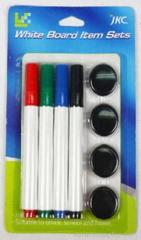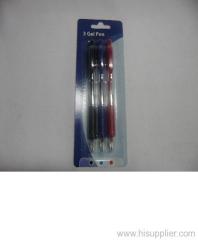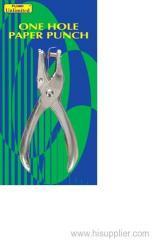
|
Zhejiang J.K.C. Imp. & Exp. Co., Ltd.
|
30CM*2PCS FLEXIBLE RULER
| Place of Origin: | Zhejiang, China (Mainland) |
|
|
|
| Add to My Favorites | |
| HiSupplier Escrow |
Product Detail
30CM*2PCS FLEXIBLE RULER,RED+BLUE COLOR;PACKED IN OPPBAG+HEADCARD;24SETS/INNER;48SETS/CTN
30CM*2PCS FLEXIBLE RULER,RED+BLUE COLOR;PACKED IN OPPBAG+HEADCARD;24SETS/INNER;48SETS/CTN
Rulers have long been made of wood in a wide range of sizes.
Plastics have been used since they were invented; they can be moulded with length markings instead of being scribed.
Metal is used for more durable rulers for use in the workshop; sometimes a metal edge is embedded into a wooden desk ruler to preserve the edge when used for straight-line cutting. 12 inches or 30 cm in length is useful for a ruler to be kept on a desk to help in drawing.
Shorter rulers are convenient for keeping in a pocket. Longer rulers, e.g.,
18 inches (45 cm) are necessary in some cases. Rigid wooden or plastic yardsticks,
1 yard long and metre sticks, 1 metre long, are also used.
Plastics have been used since they were invented; they can be moulded with length markings instead of being scribed.
Metal is used for more durable rulers for use in the workshop; sometimes a metal edge is embedded into a wooden desk ruler to preserve the edge when used for straight-line cutting. 12 inches or 30 cm in length is useful for a ruler to be kept on a desk to help in drawing.
Shorter rulers are convenient for keeping in a pocket. Longer rulers, e.g.,
18 inches (45 cm) are necessary in some cases. Rigid wooden or plastic yardsticks,
1 yard long and metre sticks, 1 metre long, are also used.
Desk rulers are used for three main purposes: to measure, to aid in drawing straight lines and as a straight guide for cutting and scoring with a blade.
Practical rulers have distance markings along their edges.
Practical rulers have distance markings along their edges.
A type of ruler used in the printing industry is called a line gauge.
These may be made from a variety of materials, typically metal or clear plastic.
Units of measurement on a basic line gauge usually include inches, agate, picas, and points.
More detailed line gauges may contain sample widths of lines, samples of common type in several point sizes, etc.
These may be made from a variety of materials, typically metal or clear plastic.
Units of measurement on a basic line gauge usually include inches, agate, picas, and points.
More detailed line gauges may contain sample widths of lines, samples of common type in several point sizes, etc.
Measuring instruments similar in function to rulers are made portable by folding (carpenter's folding rule)
or retracting into a coil (metal tape measure) when not in use. When extended for use they are straight, like a ruler. The illustrations on this page show a 2-meter carpenter's rule which folds down to a length of 24 cm to easily fit in a pocket, and a 5-meter-long tape which retracts into a small housing.
or retracting into a coil (metal tape measure) when not in use. When extended for use they are straight, like a ruler. The illustrations on this page show a 2-meter carpenter's rule which folds down to a length of 24 cm to easily fit in a pocket, and a 5-meter-long tape which retracts into a small housing.
A flexible length measuring instrument which is not necessarily straight in use is the tailor's fabric tape measure, a length of tape calibrated in inches and centimetres.
It is used to measure around a solid body, e.g., a person's waist measurement, as well as linear measurement, e.g., inside leg. It is rolled up when not in use, taking up little space.
It is used to measure around a solid body, e.g., a person's waist measurement, as well as linear measurement, e.g., inside leg. It is rolled up when not in use, taking up little space.
A contraction rule is made having larger divisions than standard measures to allow for shrinkage of a metal casting. They may also be known as a 'shrinkage or shrink rule.
Didn't find what you're looking for?
Post Buying Lead or contact
HiSupplier Customer Service Center
for help!











































